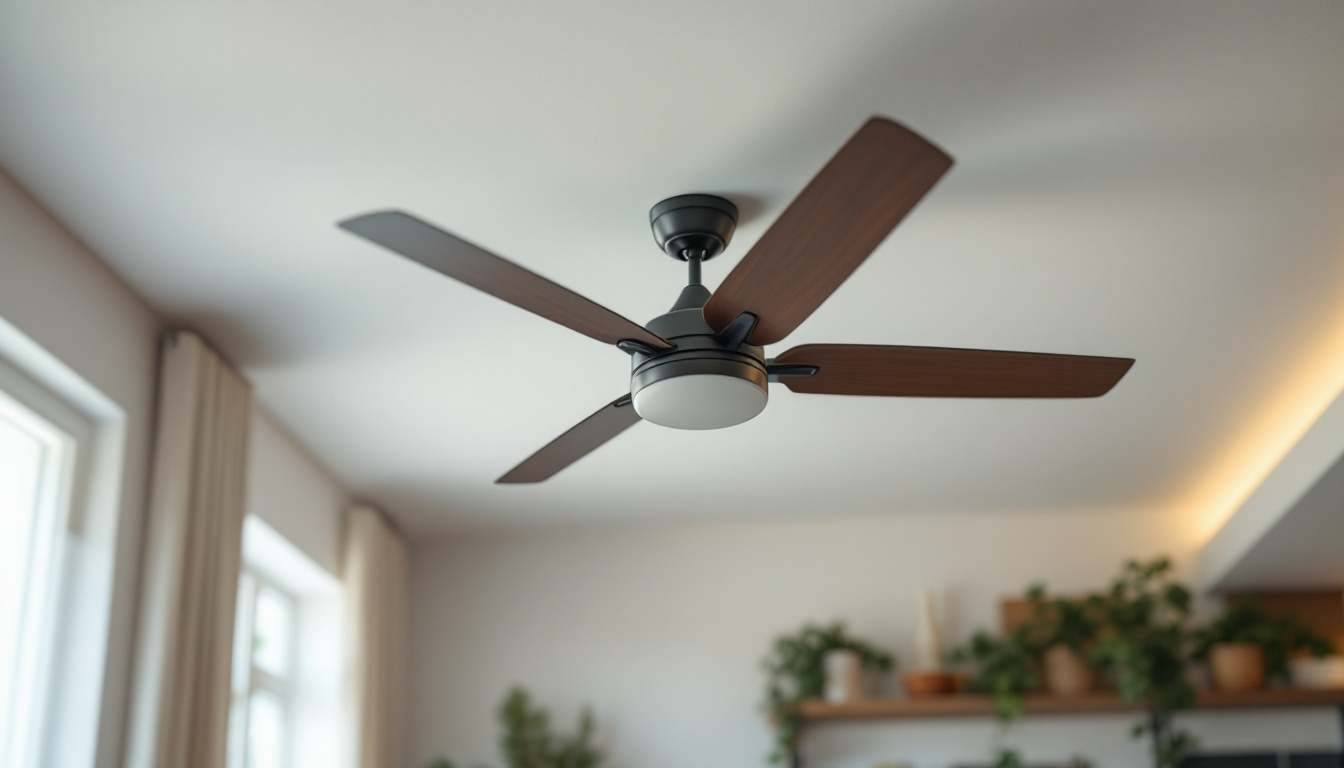
In the realm of electrical installations, the light switch is a fundamental component that often goes unnoticed until it fails. For lighting contractors, understanding the nuances of light switch installations, replacements, and upgrades is essential for ensuring client satisfaction and maintaining safety standards. This article delves into best practices for light switch switches, providing insights that can enhance the quality of work and customer service.
Before diving into best practices, it is crucial to grasp the basic functions and types of light switches available in the market. A light switch serves as a control mechanism for lighting fixtures, allowing users to turn lights on and off, often with the added convenience of dimming capabilities. The design and functionality of light switches have evolved significantly over the years, reflecting advancements in technology and changes in user preferences. Today, many light switches also incorporate smart technology, enabling users to control their lighting remotely through smartphones or voice commands, adding an extra layer of convenience and energy efficiency to modern homes.
There are several types of light switches that contractors may encounter, each serving different purposes:
In addition to these traditional types, there are also specialty switches designed for specific applications. For instance, motion sensor switches automatically turn lights on when movement is detected, making them perfect for areas like garages or bathrooms. Similarly, timer switches allow users to set a specific time for lights to turn on or off, which can be particularly useful for outdoor lighting or security purposes. These innovations not only enhance convenience but also contribute to energy conservation efforts by ensuring lights are only used when necessary.
Adhering to safety standards is paramount in electrical work. Contractors must familiarize themselves with local codes and regulations regarding light switch installations. This includes understanding the appropriate amperage ratings, wire types, and installation methods to ensure compliance and safety. Moreover, it is essential to consider the environmental conditions where the switches will be installed. For example, switches used in damp areas, such as bathrooms or outdoor settings, must be rated for moisture resistance to prevent electrical hazards. Additionally, ensuring that all switches are properly grounded can significantly reduce the risk of electrical shocks and fires, making safety a top priority in any installation project.
The installation process for light switches can significantly impact their functionality and longevity. Following best practices during installation can prevent common issues such as flickering lights or complete circuit failures. A well-installed light switch not only enhances the aesthetic appeal of a room but also ensures safety and efficiency in electrical usage, making it a crucial aspect of home improvement.
One of the most critical aspects of light switch installation is the wiring. Proper techniques include:
Before sealing the switch box, it is essential to test the installation. This includes checking for proper functionality and ensuring that there are no shorts or grounding issues. Using a multimeter can help verify that the connections are correct and that the circuit is safe to use. It’s also wise to turn the power back on and test the switch multiple times to confirm that it operates smoothly without any flickering or delay. If any issues arise during testing, it’s crucial to troubleshoot immediately rather than waiting until the switch is fully installed.
Moreover, consider labeling your circuit breakers and switches for easier identification in the future. This practice can save time and reduce frustration when you need to make adjustments or repairs. Additionally, if you’re working in a home with older wiring, it may be beneficial to consult with a licensed electrician to ensure that your installation adheres to current safety standards. Taking these extra precautions can provide peace of mind and contribute to the overall safety of your electrical system.
Even with proper installation, light switches may require maintenance or troubleshooting over time. Understanding common issues and their solutions can save time and enhance customer satisfaction. Regular attention to these components ensures that they function efficiently and safely, reducing the risk of electrical hazards.
Some of the most frequent issues encountered with light switches include:
Encouraging clients to schedule regular inspections of their electrical systems can help catch potential issues before they escalate. This proactive approach not only enhances safety but also builds trust between contractors and clients. During these inspections, it is beneficial to check for signs of wear and tear on switches and outlets, as well as to ensure that all components are functioning within their intended parameters. Regular maintenance can also include cleaning the switches and outlets to remove dust and debris, which can impede performance and lead to overheating.
Moreover, educating clients about the importance of using the correct wattage for their light fixtures can prevent overheating and prolong the life of their switches. Many homeowners may not realize that exceeding the recommended wattage can lead to serious electrical issues, including fire hazards. By providing this knowledge, contractors can empower clients to make informed decisions about their lighting and electrical systems, ultimately leading to a safer and more efficient home environment.
As technology advances, so do the options available for light switches. Upgrading switches can provide clients with improved functionality and energy efficiency.
Smart switches are becoming increasingly popular due to their convenience and energy-saving capabilities. These switches can be controlled via smartphone apps or voice commands, allowing users to manage their lighting from anywhere.
Upgrading to modern switches offers several advantages:
Effective communication with clients is vital for ensuring they understand the importance of proper light switch installations and maintenance. Educating clients can lead to better decision-making and satisfaction with the services provided.
Clients may not always recognize the difference between high-quality and low-quality switches. Taking the time to explain the benefits of using reputable brands can help justify the investment in quality components. Highlighting aspects such as durability, warranty, and safety features can reinforce this message.
Offering clients maintenance tips can empower them to take care of their electrical systems. Simple suggestions, such as avoiding overloading circuits and regularly checking for signs of wear, can prolong the life of their switches and fixtures.
In the competitive field of lighting contracting, adhering to best practices for light switch installations and maintenance is crucial. By understanding the basics, employing proper installation techniques, and staying informed about advancements in technology, contractors can provide exceptional service to their clients. Furthermore, fostering open communication and educating clients on the importance of quality components and regular maintenance can lead to lasting relationships and repeat business.
Ultimately, the goal is to ensure that every light switch installed not only meets safety standards but also enhances the overall lighting experience for the end user. By implementing these best practices, lighting contractors can elevate their work and contribute to safer, more efficient homes and businesses.
Ready to take your lighting installations to the next level? At LumenWholesale, we provide lighting contractors like you with the highest quality, spec-grade lighting products at prices that can’t be beaten. Say goodbye to local distributor markups and hello to our extensive selection that meets rigorous industry standards. With free shipping on bulk orders, we ensure you get the premium lighting you need at the best value — all without hidden fees or compromises. Elevate your service offerings and delight your clients with reliable, high-performance lighting solutions. Wholesale Lighting at the Best Value is just a click away. Experience the LumenWholesale difference today!

Discover the top mistakes lighting contractors often make when dealing with General Electric supplies and learn how to avoid them for more efficient and successful projects..

Discover the hidden potential of solar-powered outdoor lanterns that many lighting contractors miss.

Discover the top tips from lighting contractors on selecting and installing inexpensive ceiling fans that enhance both style and efficiency.

Explore how Chadelier is revolutionizing modern lighting solutions with innovative designs and energy-efficient technology.